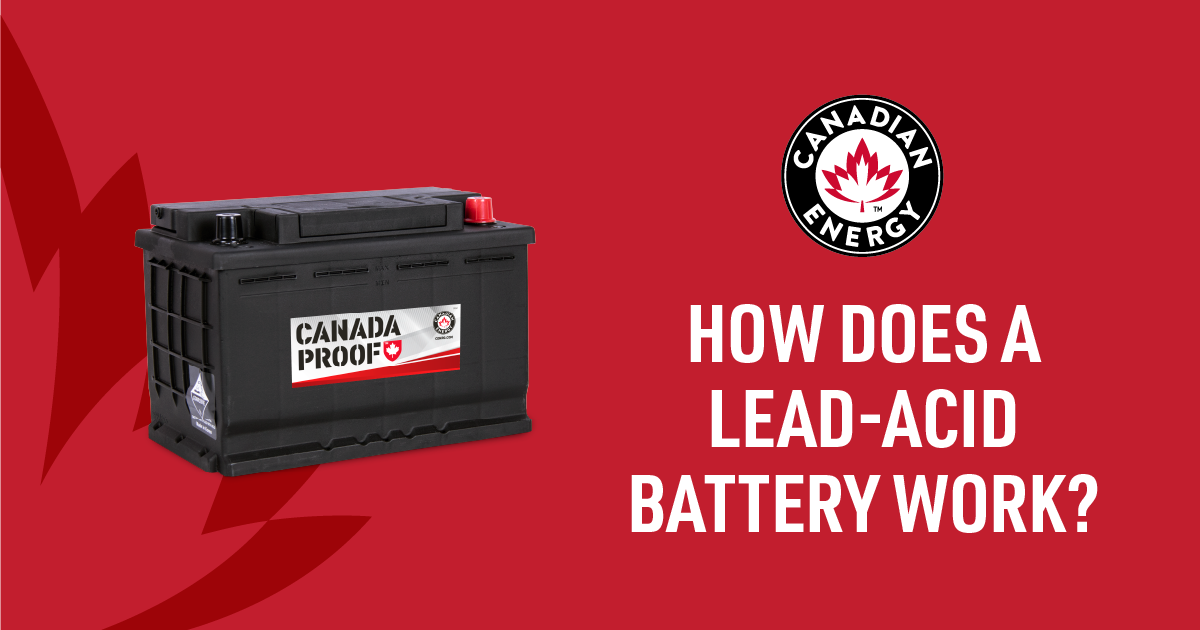How Does a Lead Acid Battery Work?

Every lead-acid battery contains 3 or 6 individual compartments within it's casing, depending on whether the battery is a 6 or 12-volt. So, within each individual compartment contains a series of positive and negative plates.
These positive and negative plates are a lead grid of different shapes and sizes depending on the manufacturer and the type of battery. They will have an active material pasted into that grid. The type of active material that's pasted in that grid will depend on whether the battery is a starting battery, a deep-cycle battery, a traction battery and whether it's a calcium maintenance-free. So, every manufacturer has a little bit different recipe.
If we take a engine starting battery as an example, we're going find that typically there is more plates in that cell group than in a deep-cycle battery. The reason for having more plates is because typically they're thinner and need to cover more surface area which results in a higher cold-cranking amp or a higher initial burst of power. Likewise, in a deep-cycle battery or a traction battery, if we were to look at the plates in those we ae going to find that the plates are actually thicker in that battery. Thicker plates equals higher reserve capacity and more cycles and the reason for this is that every time we discharge and recharge that battery we refer to that as a cycle. And we're essentially going to shed a microscopic amount of active material off that plate or wear that plate out a little bit. Just like tires, as we drive down the road we're going to slowly wear it out a little bit.
So, thicker plates equals more reserve capacity and higher cycle life typically. Starting batteries typically have more plates, thinner, and higher cold-cranking amp or initial burst of power. And within those cells, to activate all that and to provide the catalyst, is a mixture of electrolyte, which is roughly about 33% to 35% sulfuric acid. And that's what provides the catalyst and generates the cold-cranking amp, or the reserve capacity, within the battery.
And again, we have different types. We have flooded batteries which is our common standard line. We have AGM or absorbent glass mat and we have gel. They are all just different ways of storing or immobilizing the electrolyte. So for more information on how a battery works and everything batteries, visit our YouTube channel at https://www.youtube.com/CDNRG.
